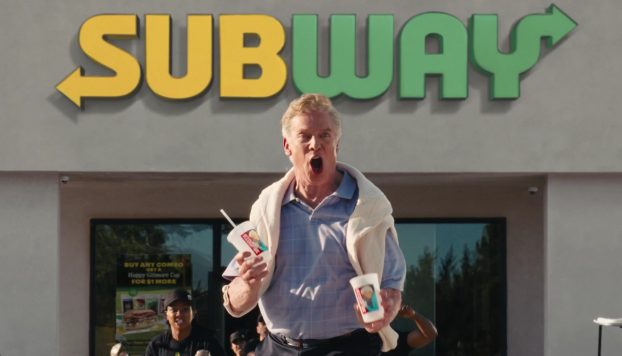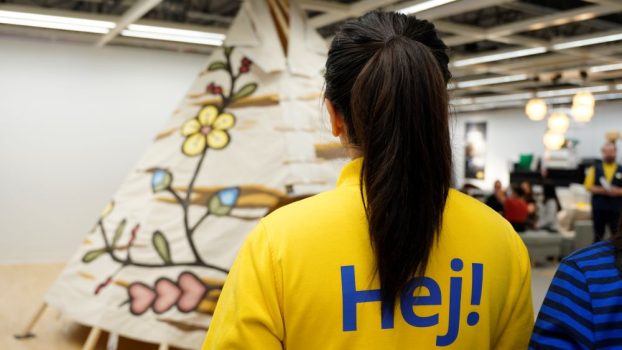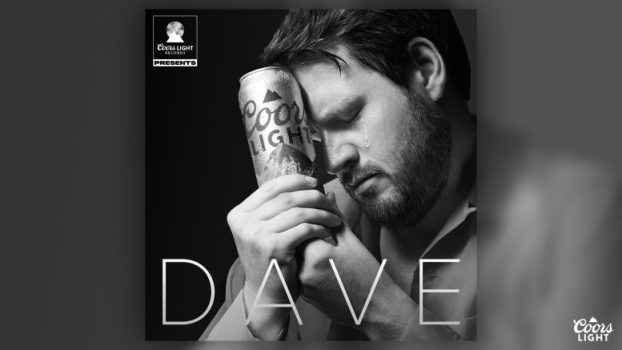
The staff of Point Blank Creative have made Canadian ad sector history as the country’s first national shop to become fully unionized.
The employees have ratified their first collective bargaining agreement, which includes overtime pay, cost of living increases of up to 20% over the next three years and a transparent wage structure. The agreement was supported by 85.2% of the agency’s more than 50 employees across the country, and is the result of a lengthy process that began in June 2020 when workers at Point Blank unanimously voted to join UFCW Local 1518.
“It was a long process and there were delays for a variety of reasons, and it required back-and-forth between us and the employer to come to a point where everybody was happy,” says Colette St.-Onge, a member of the bargaining committee and strategist at the agency. “But I think everybody was happy to come to the table. This is an industry with its own challenges and we wanted to tackle those.”
The push to unionize at Point Blank resulted from staff’s desire not only to set an example for workers in an industry famously plagued by stressful working conditions and burnout, but also to align themselves with the clients the agency most often serves.
The agency, which has offices in Vancouver, Edmonton, Ottawa, Toronto, Winnipeg and Halifax, works primarily with organized labour, advocacy and otherwise progressive organizations. It has previously done work for UFCW, as well as Unifor, United Steelworkers, Alberta Federation of Labour, United Nurses of Alberta and the Public Service Alliance of Canada.
“Point Blank is an agency that works the most with unions across the country and we felt, why aren’t we unionized?” explains Megan Davis, brand director with the shop and also a member of the bargaining committee. “We advocate for workers’ rights and better conditions for workers, so why wouldn’t we unionize as well?”
The organizers say that management was supportive of its pursuits, partially for those reasons.
“We were supportive of the process [when workers voted to join in 2020] and have been throughout,” adds Natasha Madison, chief strategy officer at the agency. “Had employees not initiated the process, organized themselves and come to the table, there would have been nothing to bargain. We are happy to be unionized and happy for them to have a collective bargaining agreement, but it was truly their work that got us here.”
For both management and employees at the agency, the move is a point of pride – and an opportunity to champion organized labour on a broader basis.
“We are the first agency in Canada and one of the first worldwide to become unionized. That feels good, for us as coworkers and members of the bargaining committee,” says Lucas Costello, senior organizer. “We didn’t realize it until after the certification vote was happening, but I think it resonates across the company with our coworkers because we share values but also, a lot of us haven’t really been in a unionized environment before. So this creates space for those folks to see what it feels like to be in a democratic workspace.”
Unions and organized labour are a rarity in the global advertising sector – when there are workers covered by a collective agreement, it is often for individual skilled disciplines, like designers, or members of a contractor’s union. In its 2020 annual report, WPP said 4% of its employees were members of a trade union or covered by a collective bargaining agreement, a number that was down from 8% in 2016.
The reasons labour organization isn’t more wide-spread in the ad industry are varied. There is simple historical precedent: a lack of unions inside agencies and white-collar workplaces more broadly means there isn’t a clear roadmap for organization efforts. In Canada, agency headcounts are relatively small compared to unionized workforces comprised of thousands of members. The culture of advertising is also one that has demanded long hours and frequent, unexpected overtime, things that may make the terms of a collective agreement governing those things seem impossible to negotiate. Advertising is also a high-turnover industry, with talent moving between agencies frequently, and heavy reliance on contract and freelance workers.
But the tide may be shifting. In the U.K., a group called the Creative Communications Workers has been working for several years to build membership and union density at agencies there. In 2020, workers at WPP-owned digital agency Blue State won recognition for their union, approving its first collective agreement the following year.
“Unionization can protect workers in any industry and no business is too small to unionize. Stronger union density will raise the floor for all workers,” adds Costello. “There are a lot of challenges and preconceived notions and biases against what unionization means, but ultimately, it’s about creating a more democratic and better workplace.”
Management resistance to unionization is also common hurdle in any industry. And while the enthusiasm from Point Blank’s management is out of the ordinary, Madison encourages other agencies to think hard about why that might be.
“Why wouldn’t they want their workers to organize, form or join a union and receive the benefits of that? If they can’t answer those questions, they might have a workplace culture problem,” she says. “This isn’t the future, this is now. We’re seeing all over the world workers’ movements rising. Starbucks is organizing, Amazon, Tesla. Workers in any workplace can organize, and the creative sector benefits from it just as much as any other does.”























